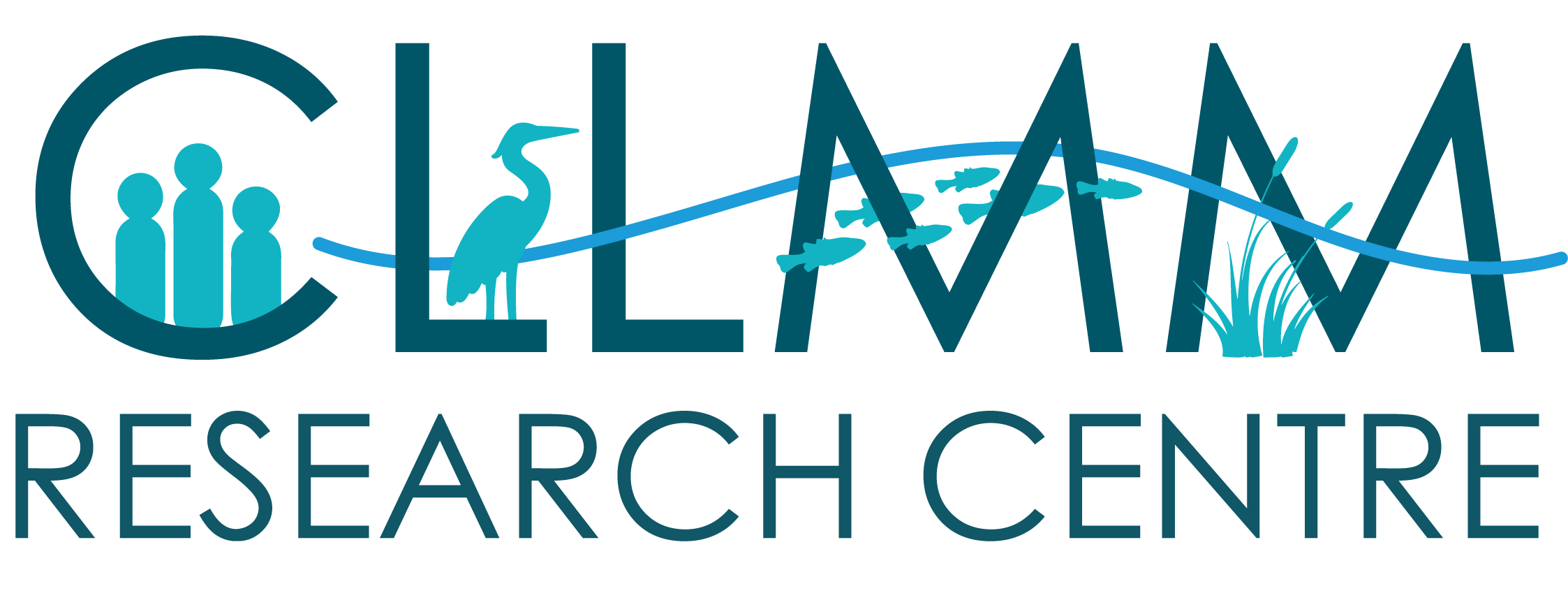The freshwater soaks project team have been surveying soaks on the Younghusband Peninsula (YHP) to investigate water content, quality and depth over the last month.
In times of drought, groundwater provides a stable source of freshwater to the ecosystem. The Younghusband Peninsula hosts a fresh groundwater lens with very low salinity and is some of the freshest water in the CLLMM region. This high-quality resource also supports diverse Australian biota, but we know very little about how soaks function hydrologically and what climatic conditions or environmental drivers might threaten them.
Uncle Lawrie Agius, Science Program Manager Nick Whiterod, and Eddie Banks (Flinders University) and his team surveyed soaks using surface nuclear magnetic resonance (SNMR). SNMR is an electrical, geophysical technique that was adapted from magnetic resonance imaging techniques used in the medical field (like MRI scans of the human body). SNMR can detect the presence of water and estimate hydraulic properties in the top 100m of a subsurface – it’s a fast, cheap and non-invasive way to study groundwater systems like freshwater soaks.

The freshwater soaks project focuses on First Nations knowledge generation and sharing and ecological research to better understand how ecological and culturally significant freshwater soaks will be impacted by future climate scenarios. The Ngarrindjeri community has expressed its strong desire to spend more time on Country at the soaks to better understand them. In this project, they are partnering with researchers on fieldwork outings, thus facilitating First Nations and Western scientific water–knowledge exchange.
In October, the team found that water from one of the soaks sampled was relatively fresh (salinity [electrical conductivity] of 4,050 microS/cm) and much less saline than the adjacent Coorong water (41,000 microS/cm) and seawater (55,000 microS/cm).

As well as using SNMR to collect data on these trips, the team are also using water level loggers and groundwater monitoring wells to determine soak outflow, shifts in moisture content and evaporation over the annual wet and dry season cycle. All of this information will be used to create a model of the system so that the team can explore how the soaks may respond to different environmental conditions.
